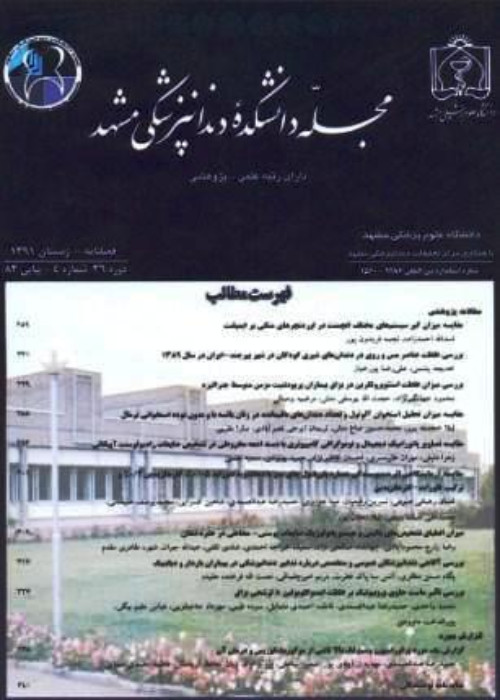Comparison of Antibacterial Effect of Composite Resins Incorporating Copper with Zinc Oxide Nanoparticles on Streptococcus Mutans
Polymerization shrinkage causes a gap between the composite resin and the tooth edge which leads to bacterial invasion, secondary caries, recurrent caries, and the final failure of restoration. It seems that the addition of nanoparticles to composites can be effective in the reduction of the number and function of microorganisms. The aim of the present study was to compare the antibacterial properties of composite resins containing zinc-oxide with copper-oxide nanoparticles against Streptococcus mutans.
A number of 490 discoid tablets containing 0.05%,0.5%, 0.1% nano-copper and nano zinc-oxide particles were prepared from composite resin GC (n=70). Diluted solutions of Streptococcus mutans (ATCC 35668) were prepared and 1 mL of bacterial species was placed on the discs. The discs were transferred to liquid culture media and were incubated at 37℃ for 8 hr. Thereafter, 1 mm of serum was cultured at 37° C for 24 hours on a blood agar containing sheep blood and the total number of bacteria was obtained by colony counting of all bacteria detected on each disk. The data were analyzed in SPSS software (version 17) using Kolmogorov-Smirnov test (k-s), Kruskal-Wallis, and Dunn's test. The significance level was considered as α = 0.5.
Based on the obtained results, the composites containing 0.1% and 0.5% Nano zinc oxide particles and copper oxide nanoparticles significantly decreased the number of bacteria in 15 and 30 days, as compared to the control group (P-value=0.001). Nonetheless, other groups did not demonstrate any significant difference with the control group (P-value=1).
Composite resins containing 0.5% zinc oxide nanoparticles demonstrated the highest antibacterial activity against Streptococcus mutans. On the other hand, both nano-copper and zinc-oxide particles revealed the least antimicrobial activity in the concentration of 0.05%.
- حق عضویت دریافتی صرف حمایت از نشریات عضو و نگهداری، تکمیل و توسعه مگیران میشود.
- پرداخت حق اشتراک و دانلود مقالات اجازه بازنشر آن در سایر رسانههای چاپی و دیجیتال را به کاربر نمیدهد.




